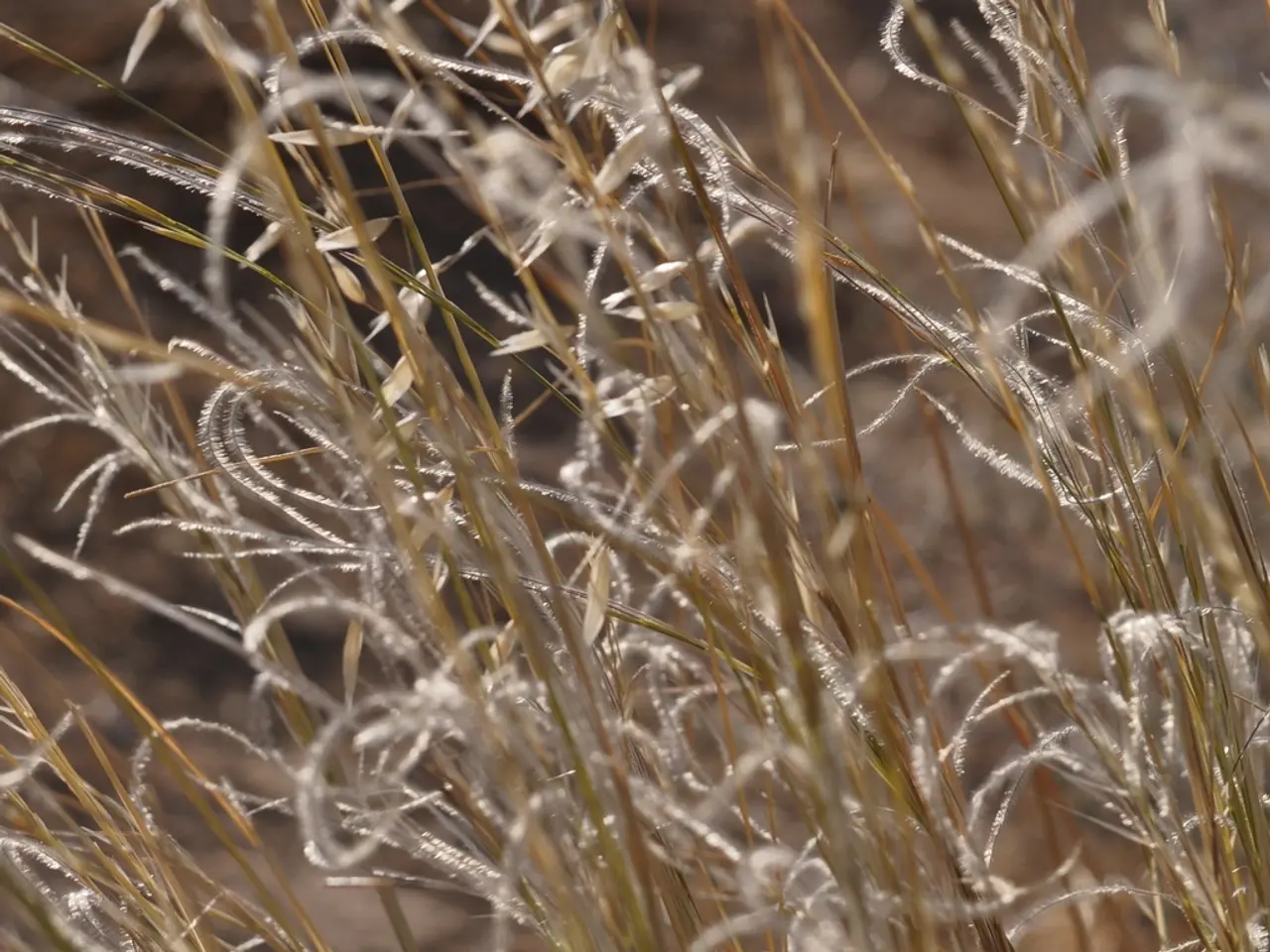Choose the Right Grass for Your Climate: A Lawn Care Guide
Choosing the right grass type is crucial for a healthy, low-maintenance lawn, especially in regions with distinct seasonal changes. Here's a guide to help you select the best grass for your climate and understand basic lawn care.
In warmer southern, southeastern, and Gulf Coast regions, warm-season grasses like Zoysia, Centipede, and Bermuda thrive. Zoysia has stiff, coarse leaves and turns dormant in cold spells. Centipede has light green, notched leaves and tolerates acidic soil with less fertilizer. Bermuda, with dark green leaves and a dense root system, requires frequent watering.
St. Augustine, another warm-season grass, is resilient to heavy downpours and foot traffic, making it ideal for high-use areas.
For regions with cold winters and temperature fluctuations, such as the northern, northeastern, upper midwestern, and Pacific Northwest USA, cool-season grasses are the best choice. These include Kentucky bluegrass, perennial ryegrass, and fine fescues. They are winter-hardy and handle temperature swings well.
Mowing regularly and occasionally applying fertilizer are the main tasks for lawn care, regardless of grass type. Most lawns can thrive with healthy soil, sunshine, and rain, making growing and maintaining a healthy, green lawn low maintenance with the right grass type.
With over a dozen types of grasses falling into two basic categories - warm-season and cool-season - selecting the right one for your climate is key. Whether you're in the warm south or the cold north, there's a grass type suited to your region, ensuring a lush, low-maintenance lawn.




